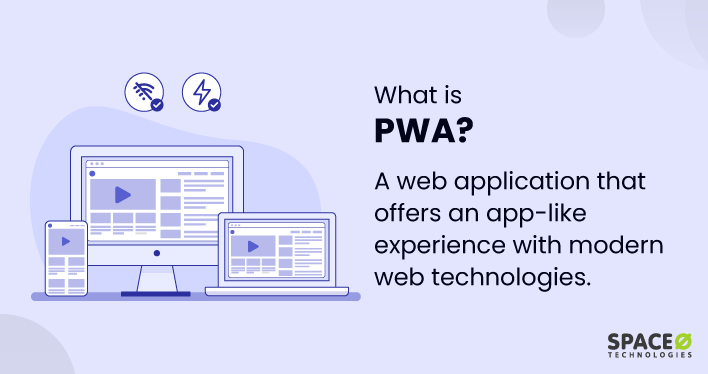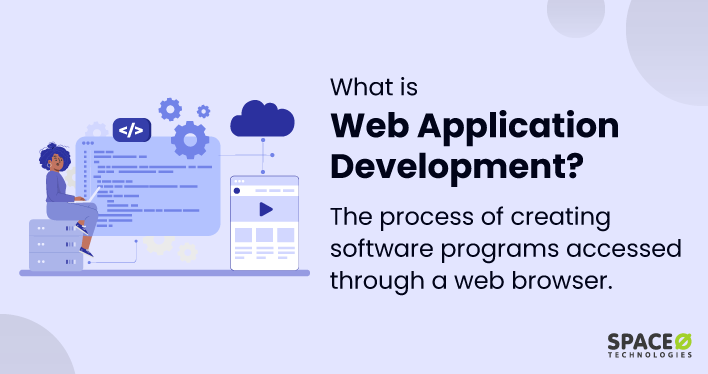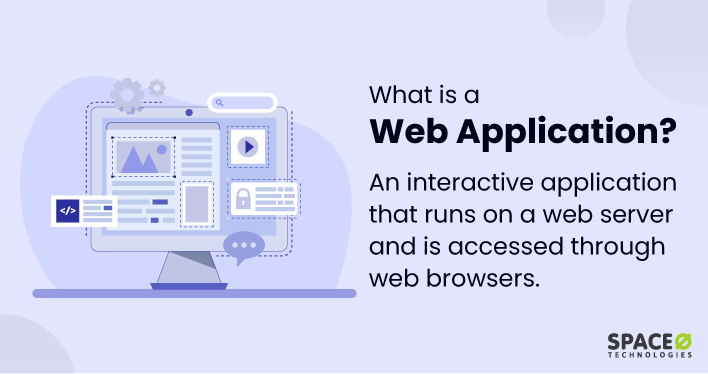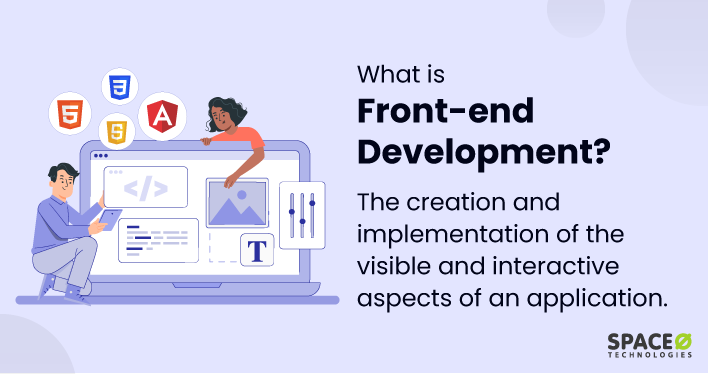Table of Contents
What is PWA?
A Progressive Web App (PWA) is a type of application software delivered through the web, built using common web technologies including HTML, CSS, and JavaScript. It delivers an app-like experience to users across different platforms with the use of modern web capabilities.
It is intended to work on any platform that uses a standards-compliant browser, including both desktop and mobile devices. This ensures broad accessibility, as PWAs can be used on a wide variety of devices, from desktop computers to mobile phones and tablets.
One of the primary features of PWAs is that they’re progressive, meaning they’re built to work for every user, no matter which web browsers they choose to use. This is due to the core principle of progressive enhancement, which focuses on basic content and functionality first, then adds more advanced features if the user’s browser supports them.
How PWA Works?
Here is the basic explanation of how progressive web apps work.
In the above diagram:
- Web App Manifest: The PWA starts with a file called a Web App Manifest, a JSON file that controls how your app appears to the user and how it can be launched. It includes things like the name of the app, the app icon which should be displayed on the home screen when installed, the start URL of the app, and more.
- Service Workers: The real power of a progressive web app comes from a service worker. These are essentially JavaScript files that can control the web page/site it is associated with, separate from the web page itself, and run in the background. They can handle functionalities such as push notifications and background sync, but their most notable feature is the ability to intercept and handle network requests, including programmatically managing a cache of responses.
- Caching and Offline Functionality: With the help of service workers, PWAs can cache or store important files and assets on your device. This allows for offline functionality, as the service worker can serve the cached content when there’s no network connection. The caching can be very granular, giving a lot of control over how and when content is cached.
- App-Like Interface: PWAs are designed to mimic the user experience of a native mobile app. They can be installed on the device’s home screen, send push notifications, and even access device hardware that regular web pages can’t.
- HTTPS: PWAs must be served over a secure network. All network requests must be made using HTTPS to ensure the safety and security of the app and its data.
- Update Process: Unlike native apps or traditional apps, which require mobile users to download updates, PWAs are updated when the service worker script is updated. This can be controlled by the developer to ensure users are always using the most up-to-date version of the app.
- Discoverability and Installability: PWAs are easily discoverable because they are indexed by search engines. They can also be installed directly from the mobile browser, bypassing the need for an app store.
8 Benefits of Using Progressive Web Apps
Here are the 8 core benefits of progressive web apps.
- Cross-platform Compatibility: PWAs are built to be platform-agnostic, meaning they can run on any device with a compatible web browser, including desktops, laptops, tablets, and smartphones. This eliminates the need for developers to create separate versions of an app for a different operating system.
Twitter Lite and Pinterest illustrate this compatibility effectively, as they can be accessed across various devices with ease. If you want to know other examples, here is a complete guide on PWA examples. Reading this guide will give you a unique insight into how these apps are reshaping the way businesses operate online. - Offline Functionality: Thanks to service workers, PWAs can cache and work offline or when network conditions are poor. This enhances user experience, particularly for those with unstable internet connections.
- Improved Performance: PWAs can be faster and more efficient than traditional web applications, as they can cache key resources, reducing the amount of data that needs to be transmitted.
- Installability and Linkability: PWAs can be installed on a user’s device like a native app, but also remain accessible via a URL just like a regular website. This makes them easy to share and discover, without the need for an app store.
- Automatic Updates: Updates to a progressive web app are made directly to the server where the PWA resides. This means users always have access to the most recent version of the app, without having to manually download updates.
- Security: PWAs are served over HTTPS, a protocol that ensures the app and user interactions with it are secure.
- Push Notifications: PWAs can send push notifications, a feature that was traditionally only available to native mobile apps. This allows for better user engagement and re-engagement.
- Less Storage Space: As PWAs are primarily accessed online, they don’t need to take up as much storage space on a user’s device compared to traditional apps.
Overall, PWAs combine the best features of web and native apps, offering a high-performance, reliable, and engaging user experience.
In conclusion, progressive web apps (PWAs) are standard web technologies that combine the best of web and mobile apps. They offer an app-like experience, improved performance, offline functionality, and automatic updates while being platform-independent and requiring less storage space. Their adaptability and user-centric design make PWAs a significant step forward in web development.







